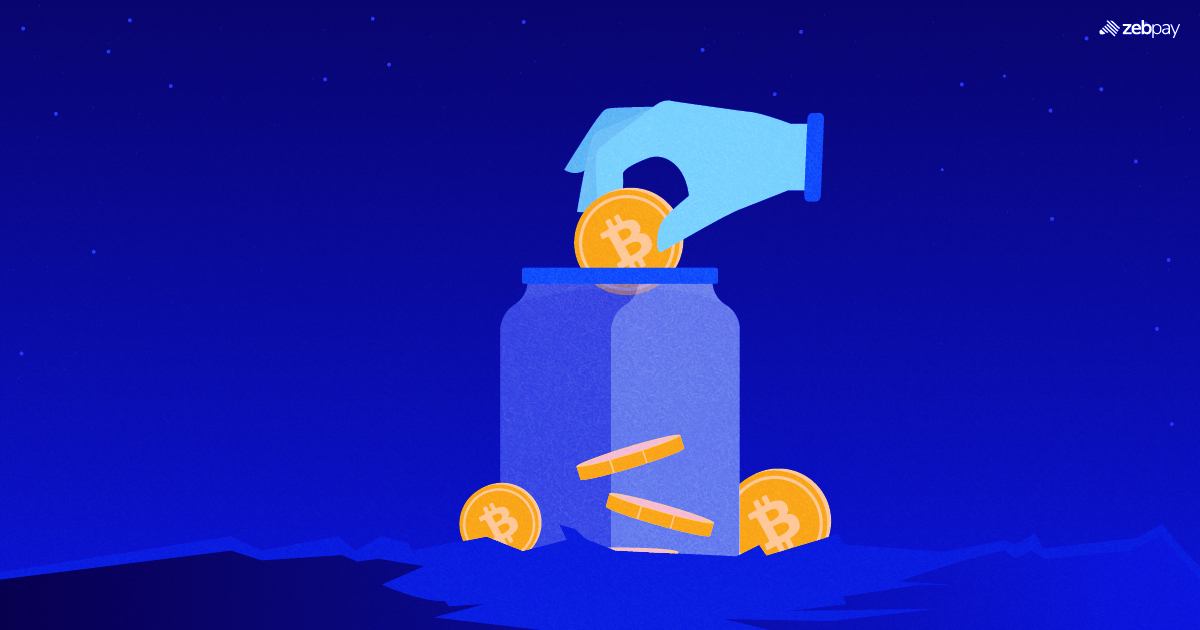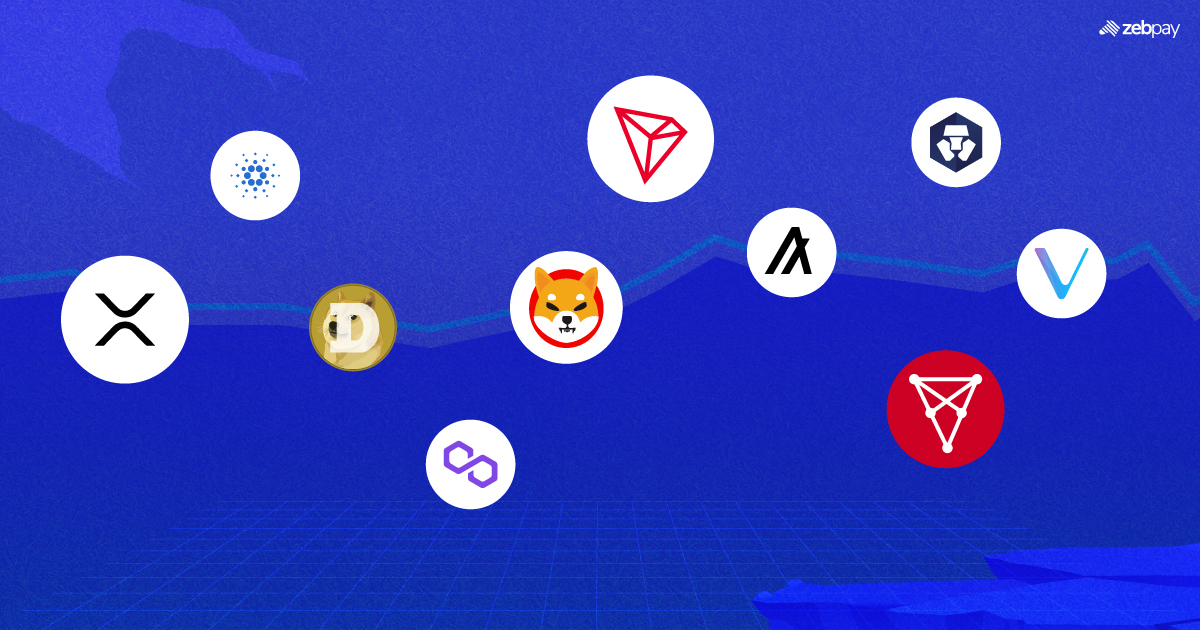ERC Token Standards
Token standards are like rules or guidelines for how digital tokens should work within a blockchain system. Just like different countries have their currency with different values, different blockchain platforms have their token standards with different features. For example, one standard might be used for creating digital tokens that can be bought and sold like stocks, while another standard might be used for creating unique digital items like collectables. This allows for flexibility and innovation in the blockchain ecosystem. In simpler terms, token standards are the blueprint for creating digital assets on the blockchain.
Common Token Standards on Ethereum
Ethereum Request for Comments (ERC) is a way for developers to propose new ideas for improving the Ethereum platform. It’s similar to a suggestion box where developers can submit their ideas and the community can discuss and vote on them.
The goal is to create a decentralised, open-source platform that is constantly improving and evolving to meet the needs of its users. ERCs are important because they help ensure that the Ethereum platform stays up-to-date and relevant and that everyone has a say in how it develops.
Each ERC consists of several documents that describe the proposed change in detail, including a technical specification, implementation details, and a rationale for the change. The proposal is then open for public comment, and the Ethereum community can discuss and review the proposal before it is ultimately accepted or rejected.
The proposal will be approved, finalised, and implemented if the community views it as a significant improvement to the blockchain ecosystem.
The initial document becomes an ERC standard once this procedure is finished, allowing other developers to utilise it to make their tokens.
Some of the common ERC token standards are ERC-20, ERC-721, ERC-777, ERC-1155
Read more: Tokens vs Coins
ERC-20 Token Standard
The ERC-20 token standard is a set of rules for creating digital tokens on the Ethereum blockchain. It was first proposed in 2015 and has since become the most widely used token standard on the Ethereum network. ERC-20 defines a set of mandatory and optional rules that tokens must follow to be considered ERC-20 compliant.
These Rules Include:
- How tokens are transferred between addresses?
- How the total token supply is managed?
- How token holders can access information about a token, such as its name and symbol?
- How are errors handled?
By adhering to the rules, ERC-20 tokens can consistently interact with one another and can be easily traded on decentralised exchanges (DEXs) and used within decentralised applications (dApps) built on the Ethereum network. This standardisation also makes it easier for wallet providers, exchanges, and other services to support ERC-20 tokens, which has contributed to its widespread adoption.
Additionally, ERC-20 tokens are also fungible, meaning that each unit of the token is identical and interchangeable, like cash.
This standard enables developers to create digital assets on the Ethereum blockchain, and it is widely used for various use cases such as payment, fundraising, loyalty program, etc.
Some Popular ERC-20 Tokens
- Chainlink (LINK)
- Binance USD (BUSD)
- Uniswap (UNI)
- USD Coin (USDC)
- Aave (AAVE)
Functions of the ERC20 Token Standards
The ERC20 token standard specifies functions/rules that a smart contract must follow to be classified as an ERC20 token. There are a set of Mandatory and Optional rules to be followed.
Mandatory Rules:
- Total Amount: The total supply of available tokens is described
- Balance Of: This provides information on the owner’s account’s current financial situation
- Transfer: This function’s goal is to send a specific number of tokens to a specified address. You can specify how many tokens to send
- Transfer From: This function acts as a conduit for the transfer of the supplied tokens between addresses. Tokens are delivered to it from the specified address.
- Approve: The user may find this function useful if they want to withdraw a specific quantity of tokens from the designated account
- Allowance: This function is essential because it transfers a specific number of tokens from the spender to the owner
Optional Rules:
- Symbol: Returns the symbol of the token
- Name: Returns the name of the token
- Decimals: Returns the number of decimal places of the token
A token must adhere to these rules to be categorised as ERC20. The token wouldn’t be able to engage with smart contracts successfully without clear instructions for these rules or standards, which could lead to several problems.
Why is ERC-20 Important?
ERC-20 makes it easy for developers to create new tokens and for different tokens to be interoperable with one another.
One of the main uses of ERC-20 tokens is in initial coin offerings (ICOs), which are a way for projects to raise funds by issuing their tokens. Because ERC-20 tokens are easily created and managed on the Ethereum blockchain, it has become the most popular standard for tokens used in ICOs.
In addition to ICOs, ERC-20 tokens can be used to create a wide range of decentralised applications (dApps) on the Ethereum blockchain. For example, tokens can be used to create decentralised exchanges, prediction markets, and other decentralised financial services.
Read more: Ethereum Price Prediction
Lastly, ERC-20 tokens can be easily exchanged on crypto exchanges, allowing for easy buying and selling. This liquidity is important for the token to be widely used, accessible and of value.
Overall, ERC-20 is important because it provides a standard set of rules for creating and managing tokens on the Ethereum blockchain, making it easy for developers to create new tokens and for different tokens to be interoperable with one another. This has led to a wide range of decentralised applications and use cases for ERC-20 tokens.
Conclusion
The Ethereum blockchain is governed by a set of standards and guidelines known as ERC20, which are also applied to all the tokens issued on Ethereum. ERC20 tokens are also widely used as utility tokens; examples include Basic Attention Token (BAT), Shiba Inu (SHIB), and Crypto.com Coin (CRO).
It’s crucial to understand that ERC-20 offers a set of standards for the extensively utilised Ethereum network. In certain ways, this aids in the self-management and continued efficiency of the crypto space.
You can keep yourself up to date with the latest crypto news on ZebPay blogs. Begin your crypto trading journey today using ZebPay Singapore.







